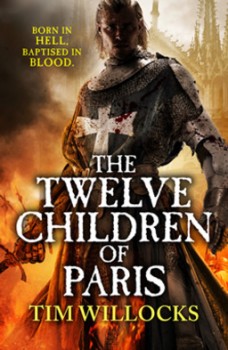
“It is night and the night has no end.”
Matthias Tannhauser
I have read all sorts of hyper-violent books: thrillers; crime; horror; even some fantasy. Nothing, and I mean absolutely, utterly nothing, comes close to Tim Willocks’ The Twelve Children of Paris (2014). Seven years after his adventures during the Great Siege of Malta chronicled in The Religion (and reviewed here), Matthias Tannhauser, ex-Janissary and current Knight of St. John, comes to Paris in search of his wife, Carla. It is August 23rd, 1572, just hours before the start of the St. Bartholomew’s Day Massacre.
The massacre was the result of the tremendous instability the Reformation had caused to France. During the ten years preceding the massacre, France had fought the first three of the Wars of Religion. Primarily a struggle between two noble houses, the Calvinist House of Conde and the devoutly Catholic House of Guise, the kings strove to maintain a balance between them and avoid bloodshed. When it seemed the Protestants had gained too much power and threatened that of King Charles IX, he authorized twenty-four hours of killing. The plan was to eliminate the leaders of the Protestant cause, many of whom had come to Paris for the wedding of Charles’ sister, Margaret, to the Protestant Henry of Navarre. Not counted on was the terrible enmity the strongly Catholic Parisians held for the Protestants. Instead of a day, the carnage lasted for several days and spread out into the countryside. Estimates vary from five to thirty thousand dead.
Into this brewing hellstorm Matthias Tannhauser rides. Carla, noblewoman and renowned player of the viol da gamba, has been summoned to play at a concert for the royal wedding. Though eight months pregnant, she couldn’t bring herself to refuse a royal summons. Tannhauser, away on business in North Africa, has returned to France and ridden to Paris to join his wife. Upon hearing of an assassination attempt on Protestant leader Admiral de Coligny and the consequent cancellation of the musical performance, Tannhauser decides he must find his wife and remove her from a city on the brink of civil collapse. Unfortunately, he has only the slightest idea of where she might be.
…
Read More Read More
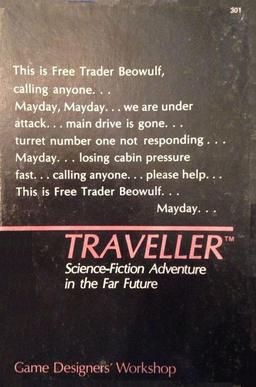

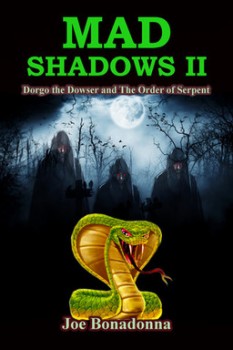
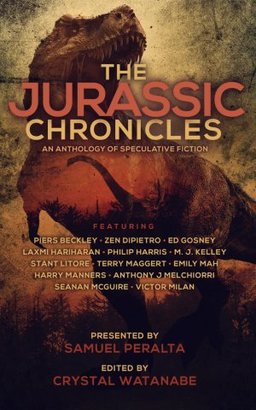

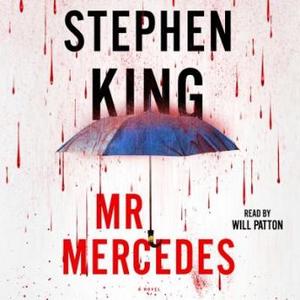
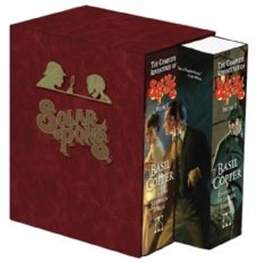
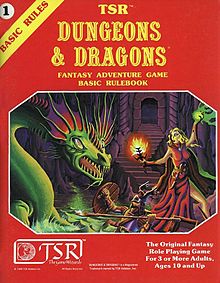
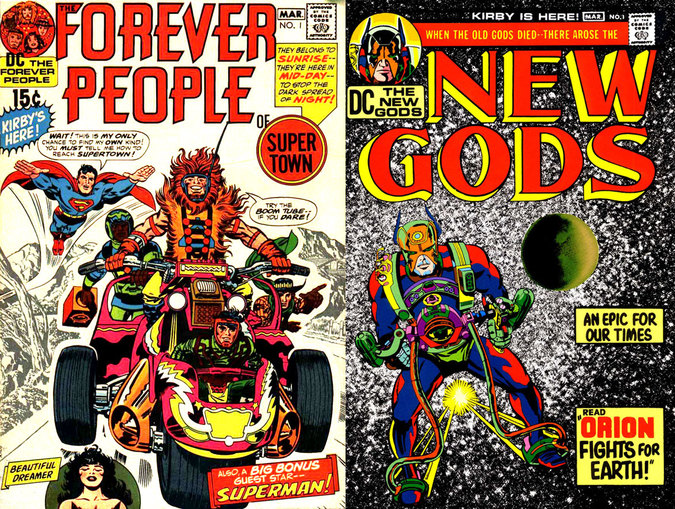
 I don’t know if I’ve mentioned it before, but I’m married to a builder. Over the years I’ve observed (judging by the level of bitching) that it’s easier to start from scratch than it is to retrofit. Still, there’s a way to do it well, and a way to screw it up.
I don’t know if I’ve mentioned it before, but I’m married to a builder. Over the years I’ve observed (judging by the level of bitching) that it’s easier to start from scratch than it is to retrofit. Still, there’s a way to do it well, and a way to screw it up.